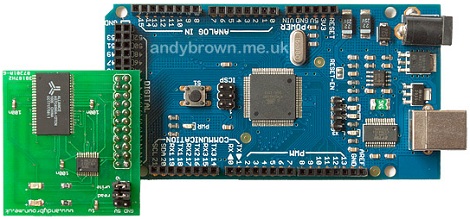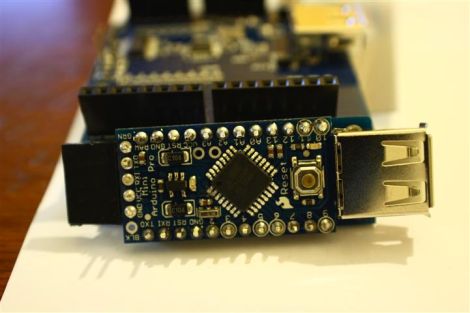
[MyMagicPudding] wanted to try his hand at hobby electronics, so he decided to go all-in and build himself a PIP-Boy 3000. If the name doesn’t ring a bell, the PIP-Boy 3000 is a wrist-mounted computer from the popular Fallout video game series.
The PIP-Boy is based around an HTC Desire HD mobile phone, which [MyMagicPudding] mounted inside case custom made for him by [Skruffy] from the Replica Prop Forum. He wanted to stay true to the game, so the wrist-mounted computer’s interface eschew’s the Desire’s touch screen and is instead controlled via a set of buttons and dials on its face. The external inputs all interface with the Desire via an Arduino Uno, which communicates with the phone using TCP over USB.
While he admits that his soldering skills are pretty dodgy, and that there’s no longer room behind the neat-looking facade to mount the PIP-Boy on his wrist, we think that it looks great. If this is an example of his first electronics project, we can’t wait to see what comes next.
Continue reading to see the PIP-Boy 3000 in action.
Continue reading “Fallout Brought To Life With This Working PIP-Boy 3000”
















